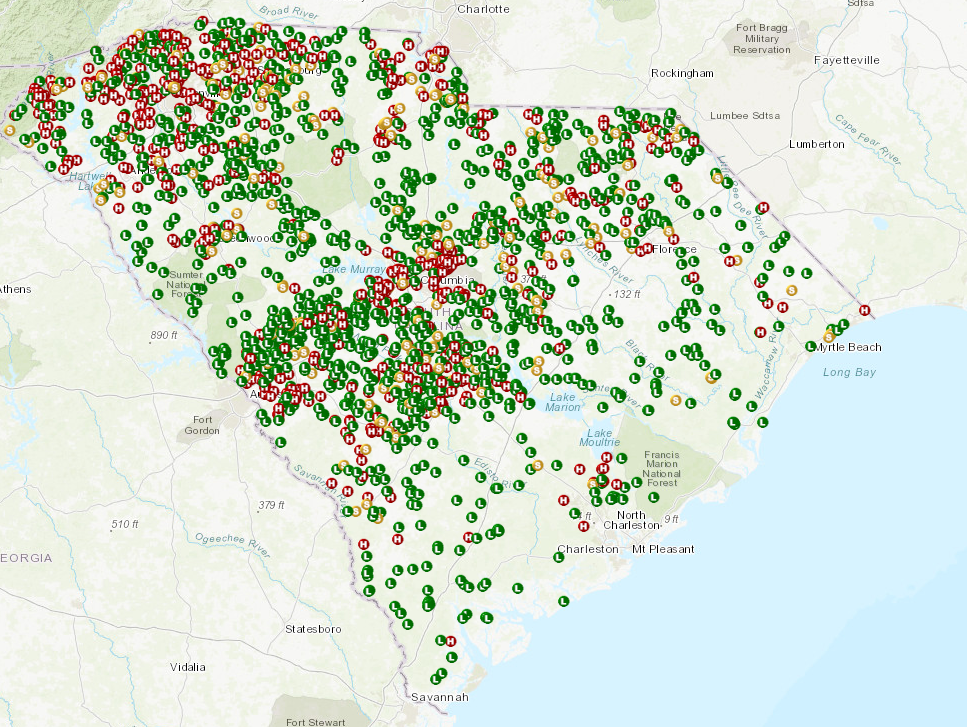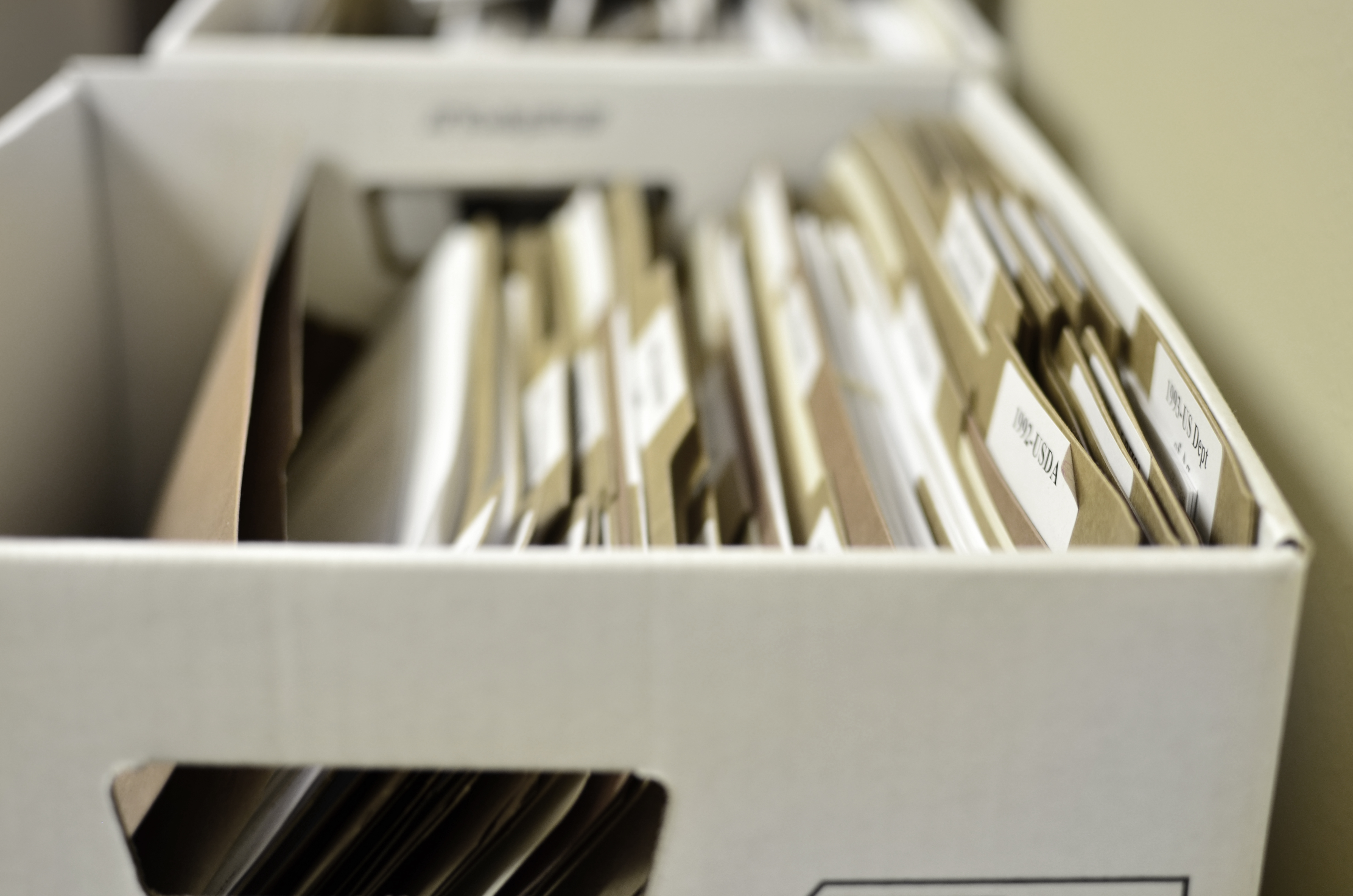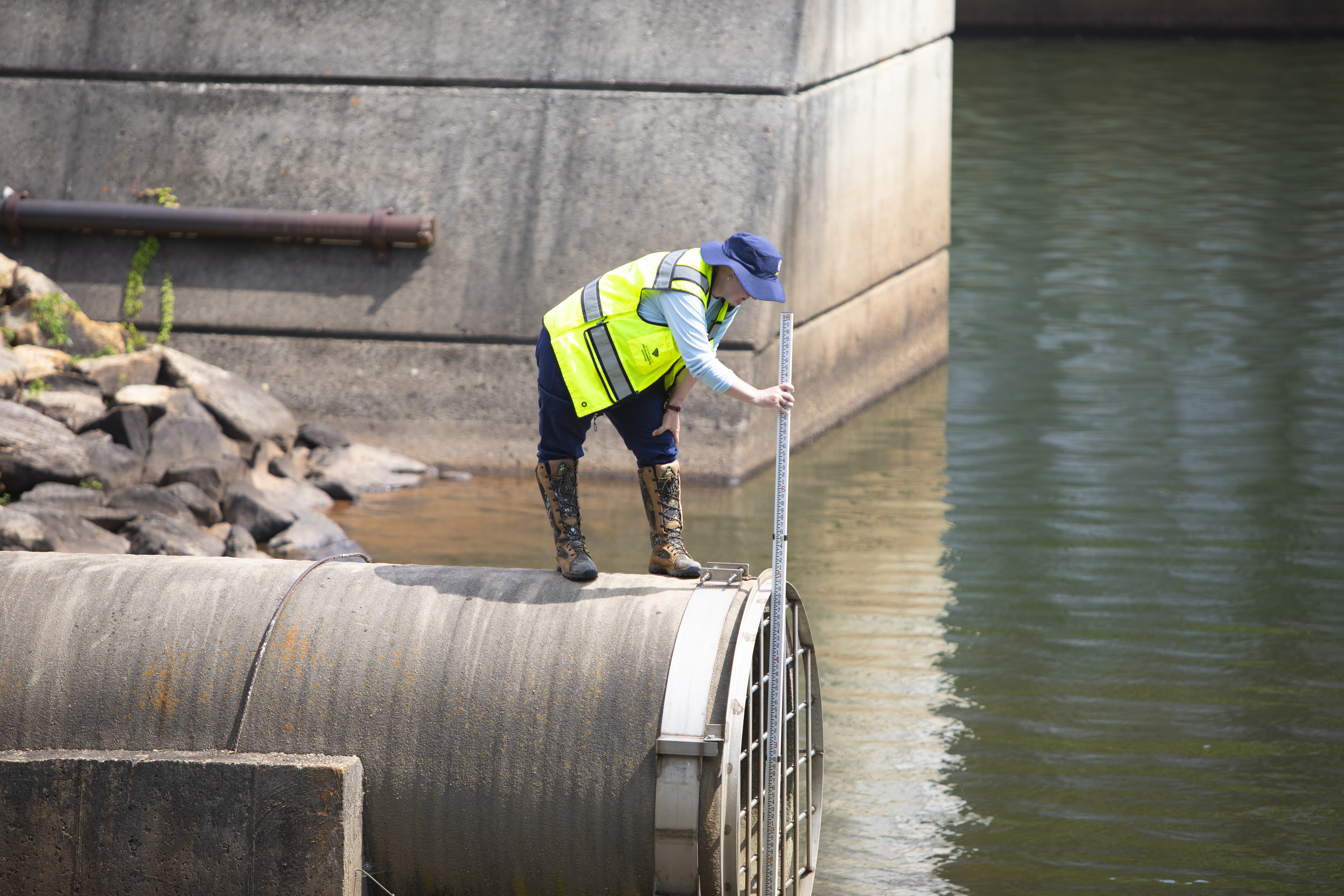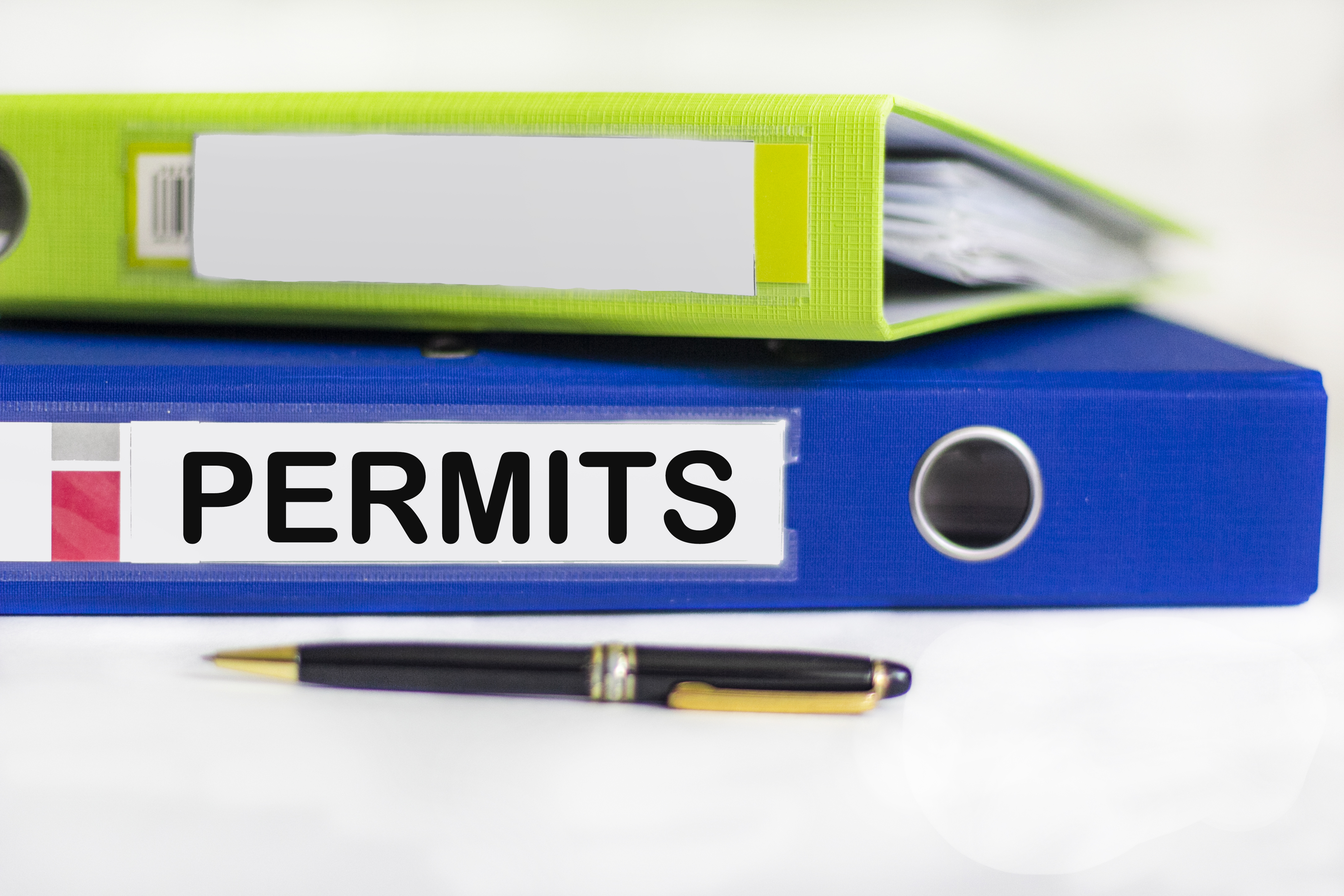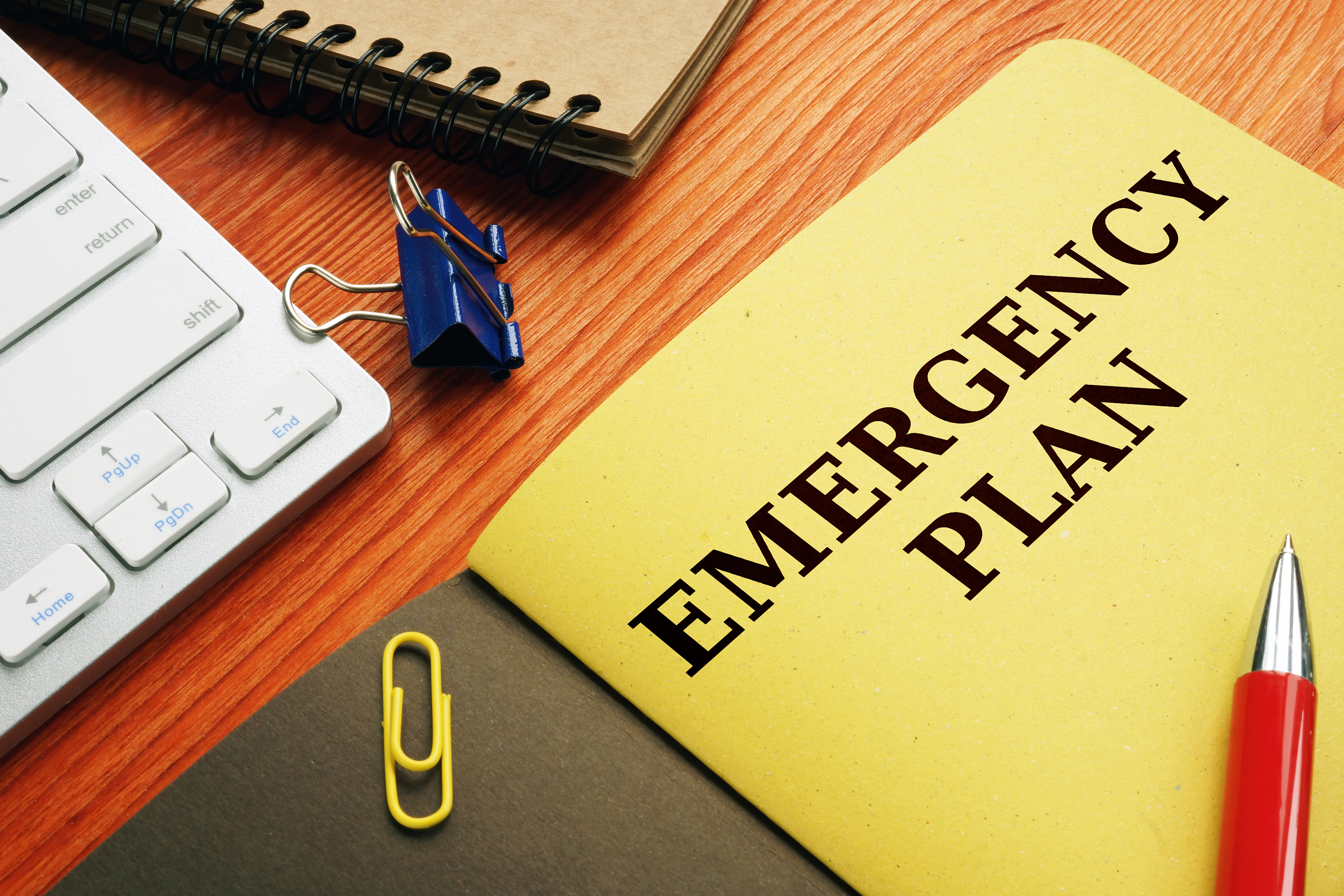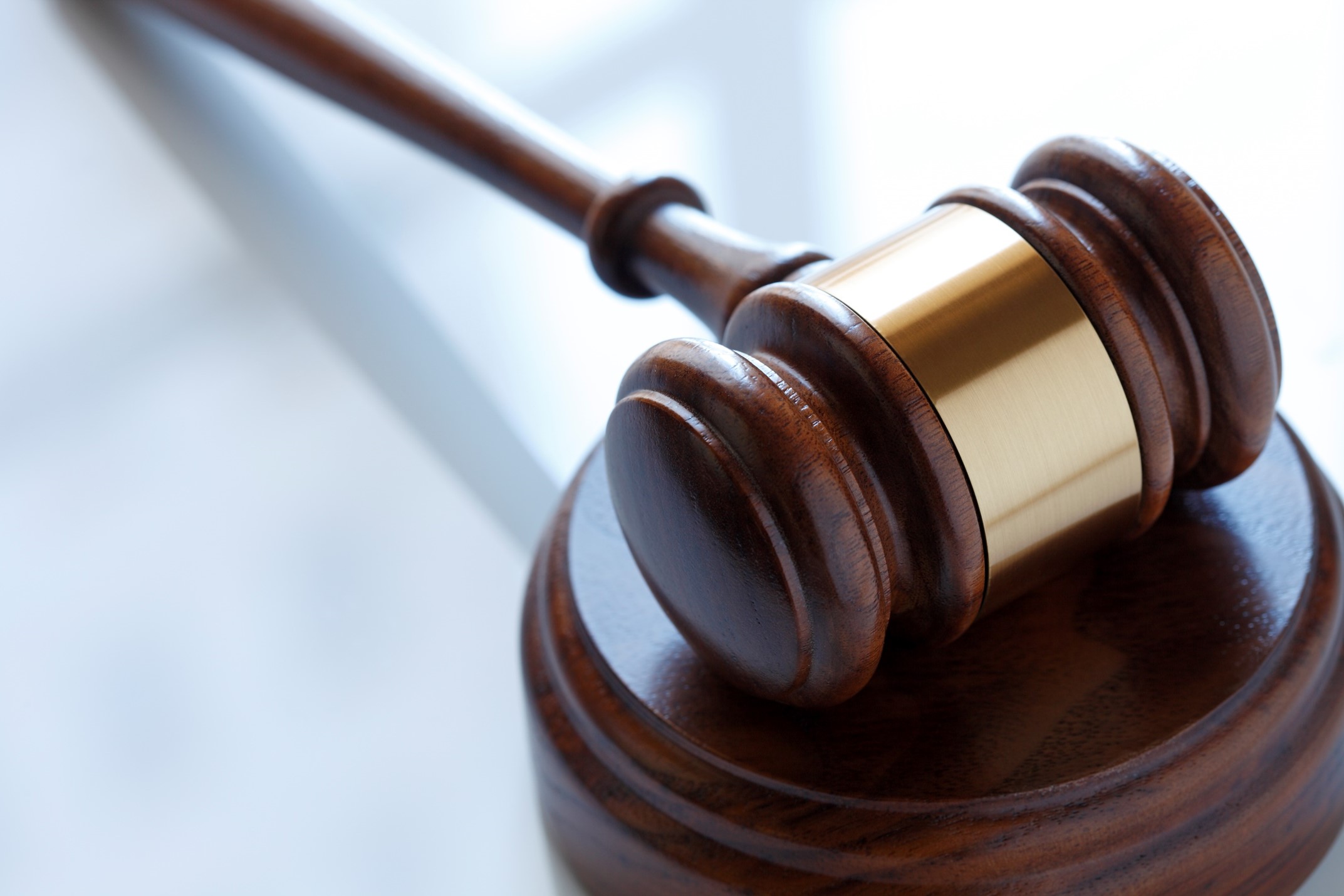The Dams and Reservoirs Safety Program was established in 1977 with the passage of the S.C. Dams and Reservoirs Safety Act. The failure of the dam upstream of the Toccoa Falls Bible College in Georgia right after passage of the South Carolina Act gave a great deal of impetus to get the program started. This dam failed unexpectedly and caused the loss of many lives and a great deal of property damage.
During an emergency, call the Dam Safety Program 24/7: 803-898-1939
Dam Safety Program Contacts
For questions or more information, contact:
John M. McCain, P.E., Manager
Phone: (803) 898-8178
Email: john.mccain@des.sc.gov
Or, contact your local SCDES regional dam inspector listed in the table below. SCDES staff are available for presentations on topics related to dam safety and maintenance, state regulations, and other business of the Dams and Reservoirs Safety Program. Please send us an email if you are interested in arranging a presentation for a group or class.
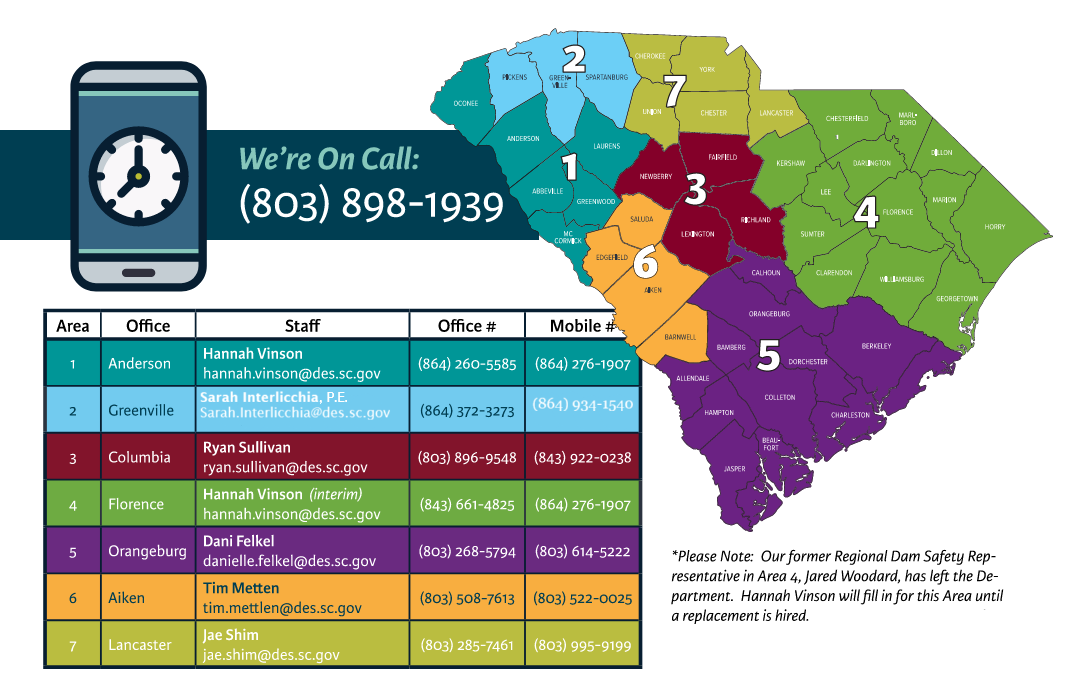
Tags


